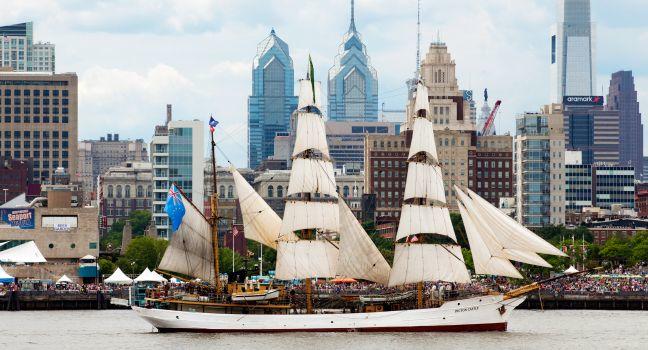This museum built on the site that was Benjamin Franklin's first permanent home in Philadelphia was thoroughly renovated in 2013, reopening as the Benjamin Franklin Museum. The exhibits combine the latest touch-screen displays and computer-generated animation with a chess set, eyeglasses, and other items actually used by the Renaissance man. Franklin's multifaceted roles as scientist, inventor, philosopher, writer, politician, and businessman are represented in various rooms via interactive displays. Franklin, publisher of Poor Richard's Almanac, helped draft the Declaration of Independence and negotiate peace with Great Britain. He also helped found Pennsylvania Hospital, the University of Pennsylvania, the Philadelphia Contributionship, and the American Philosophical Society. In the courtyard adjacent to the museum, architect Robert Venturi erected a steel skeleton of Franklin's former home. You can peek through "windows" into cutaways to see wall foundations, outdoor privies, and other original elements uncovered during excavation. At the Market Street side are several houses, now exhibition halls, that Franklin rented in addition to his main home. Here, too, you can find a restoration of a Colonial-era print shop and an operational post office. Don't forget to get a letter hand-stamped with a "b. free franklin" cancellation.




